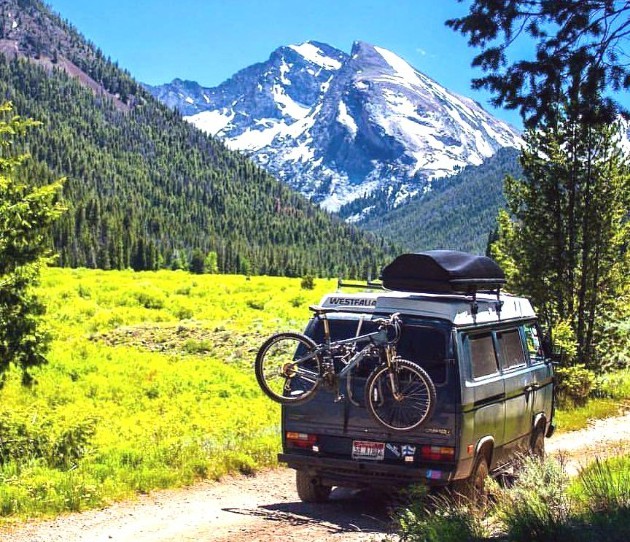What Happened to High-Fructose Corn Syrup?

By Andrea Donsky What happens when you have a product that gets a lot of bad press, and is associated with significant health issues? You change its name so people are “fooled” into thinking the old product is gone. That is what happened with high-fructose corn syrup (HFCS). It should be avoided at all costs because it can lead to insulin resistance, obesity, and heart disease. In fact, a recent report from an international team of experts noted that “fructose-containing added sugars, such as sucrose and high-fructose corn syrup, have been experimentally, epidemiologically, and clinically shown to be involved in the current epidemics of obesity and diabetes.” So what I’m about to tell you makes HFCS a bit scarier. The Food and Drug Administration is allowing food makers to change the name of HFCS to something that sounds safe: “natural sweetener.” So now when you read a food label and no longer see "high-fructose corn syrup" listed in the ingredients, you mi...






